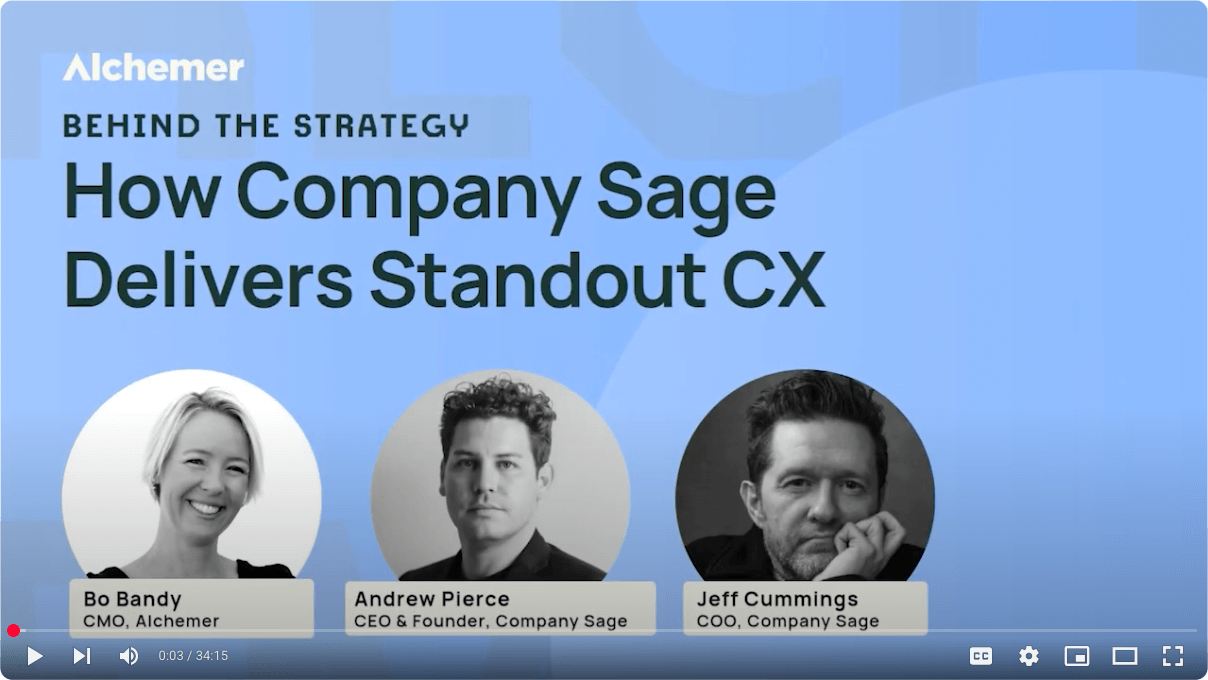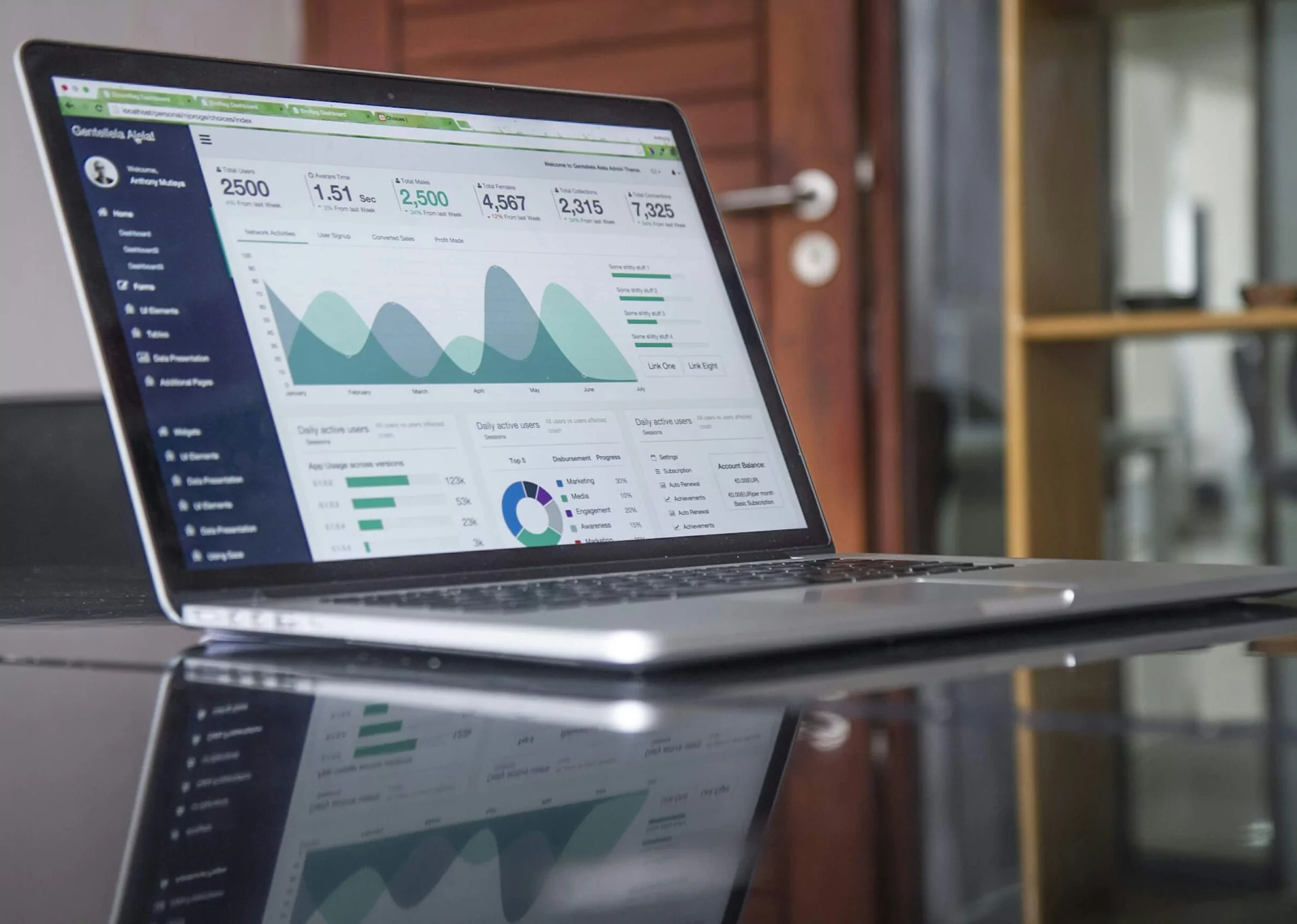A brief overview of Digital Twin Technology and why it’s so important for product teams to embrace.
In all honesty, I had no idea what “digital twin technology” was when CEO and Co-Founder of Alchemer Christian Vanek mentioned it during a meeting discussing the elements of product feedback. I wrote it down in my notebook, circled it so I would remember to check back on it, and went about my day.
As it turns out, digital twin technology is a pretty big deal, and has been since 2002. It’s such a big deal that the experts over at Gartner have dubbed the concept one of its top 10 Strategic Technology Trends for 2017 trend. As I dive into the nuances of it, I find myself entranced by the practicality of it, the necessity of it in modern product development, and frankly, kicking myself that I was not aware of this concept much, much sooner.
From hours of reading online about this concept, I wanted to share what I learned in hopes you could leave this article with a tighter grasp on this very hot topic.
Brace yourself for a buzzword vomit — but Forbes tells us that this very idea of digital twin technology is part of the holistic Internet of Things concept. (We wrote a bit about IOT in a previous post.)
Digital twin is a concept that essentially bridges the digital space (think of a computer-aided design prototype) with the physical world. It helps companies and product teams test and build their product within a virtual environment so when the time comes to manufacture a physical product, it performs within requirements and on spec. With this practice in place, it allows for a physical product to be connected with the digital replica of it through a network of sensors, which contains a copy of all the information the physical product has.
Put simply, when a product has a digital twin, tweaks and alterations — say brought to your attention from customer feedback — can be adjusted, tested, and brought to market faster and with more confidence.
Here are some examples of digital twin technology that help conceptualize the practice:
- Performance Testing: A cell phone manufacturer renders a digital twin of a new device so they can visualize the performance underwater.
- Healthcare: A heart surgeon renders a digital twin of your heart to practice a life-saving procedure on an exact replica of your actual heart before the surgery.
- Maintenance: An aircraft manufacturer renders a digital twin of a new engine development who will then take the information from the digital model to identify and prioritize maintenance tasks on the physical engine before going to market with it.
“Imagine [digital twins] as your most talented product technicians with the most advanced monitoring, analytical, and predictive capabilities at their fingertips,” says Bernard Marr, Founder and CEO of Advanced Performance Institute and top business and data LinkedIn influencer.
Those who choose to invest in this kind of technology, the IDC predicts, could see a 30 percent improvement in critical product development processes.
Digital twin technology can help product managers and development technicians:
- Contribute to improving the company’s customer experience
- Enhance the performance of the company’s products
- Improve organizational operations
- Strengthen the company’s service offerings
- Contribute to ongoing innovation and market leadership
More than ever before, bringing new products to market needs to be more efficient, given the global business landscape we are currently experiencing. We are all well aware that we will never have the latest and greatest toys and tools because before you know it, they will be replaced with the next latest and greatest products. And as such, market cycles are rapidly increasing, and products need to be made essentially on demand.
“With a digital twin, machine manufacturers are able to use the power of digitization to achieve improved efficiency and quality,” a recent report published by Siemens states. “This approach helps ensure optimized machine design, straightforward commissioning, short changeover times, and smooth operation.”
From Gartner’s list of Top Strategic Technology Trends for 2017:
Within three to five years, billions of things will be represented by digital twins, a dynamic software software model of a physical thing or system. Using physics data on how the components of a thing operate and respond to the environment as well as data provided by sensors in the physical world, a digital twin can be used to analyze and simulate real world conditions, responds to changes, improve operations and add value. Digital twins function as proxies for the combination of skilled individuals (e.g., technicians) and traditional monitoring devices and controls (e.g., pressure gauges). Their proliferation will require a cultural change, as those who understand the maintenance of real-world things collaborate with data scientists and IT professionals. Digital twins of physical assets combined with digital representations of facilities and environments as well as people, businesses and processes will enable an increasingly detailed digital representation of the real world for simulation, analysis and control.
How to apply digital twin to your product development process, according to the digital twin experts at IBM:
- Connected products that are rendered with a digital twin must be spread across the entire lifecycle, not just during one development phase in both design and operation.
- You need data and insights at every stage of the product’s lifecycle in order to make any improvements.
- Digital twin products produce a hefty amount of data. This data needs to be centralized and well-maintained.
- Digital twins need to be conducted in an industry context and requires a robust level of expertise across your organization.
See? Digital twin technology is a fascinating, complex, and in-depth topic that — when applied, managed, and incorporated effectively — can ensure continual innovation, sought after customer experience, and sustain market fit over time.




